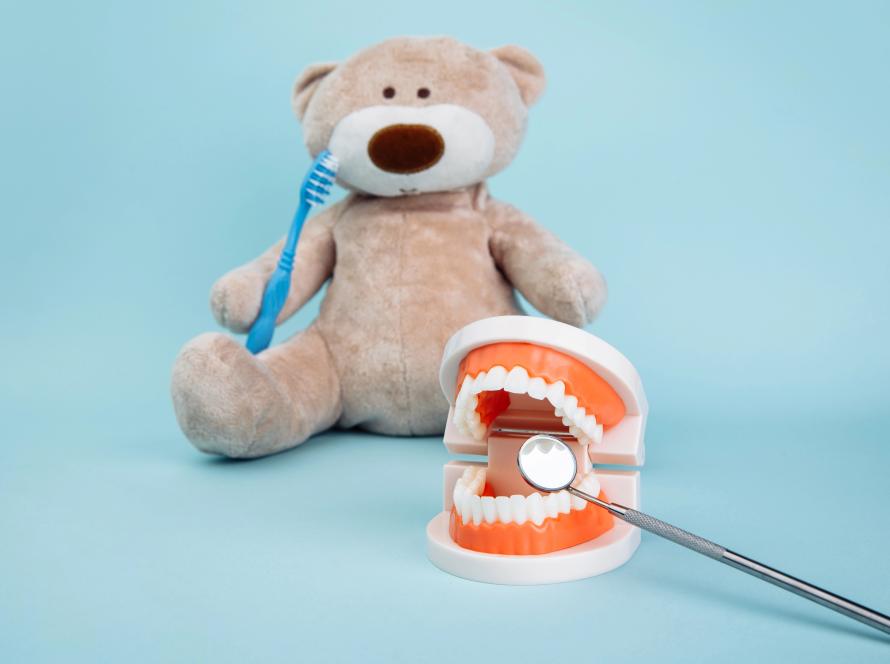Everyone’s oral health is of utmost importance, but it is especially important for children. Forming positive dental practices from a young age can pave the way for lifelong healthy teeth and gums. One key component of maintaining healthy teeth in children is their diet. Certain foods can help promote strong, healthy teeth and prevent cavities. In this article, we’ll explore the top 10 foods that can help promote healthy teeth in children.
Cheese
Cheese is not only delicious but also great for your child’s teeth. It is rich in calcium, which is essential for building strong teeth and bones. Additionally, cheese contains casein, a protein that helps strengthen tooth enamel. Eating cheese can also increase saliva production, aiding in the removal of food residue and the neutralization of mouth acids.
How to Include Cheese in Your Child’s Diet
- Add cheese slices to their sandwiches.
- Serve cheese cubes as a snack.
- Include cheese in their favorite dishes, like pasta or salads.
Yogurt
Yogurt is another dairy product that is beneficial for dental health. It is high in calcium and protein, which are important for strong teeth. Yogurt also contains probiotics. This good bacteria can help reduce harmful bacteria in the mouth.
How to Include Yogurt in Your Child’s Diet
- Serve yogurt with fresh fruit for breakfast.
- Use yogurt as a base for smoothies.
- Offer yogurt as a healthy snack option.
Leafy Greens
Leafy greens like spinach and kale are abundant in essential nutrients, promoting healthy teeth. They are high in calcium, folic acid, and B vitamins, all of which contribute to good oral health.
How to Include Leafy Greens in Your Child’s Diet
- Add spinach or kale to smoothies.
- Include leafy greens in salads.
- Incorporate greens into pasta dishes or casseroles.
Apples
“Nature’s toothbrush” is often a term used to describe apples. While they don’t replace brushing, eating apples can help clean your child’s teeth. The act of chewing apples stimulates saliva production, and the fibrous texture of apples also helps scrub the teeth.
How to Include Apples in Your Child’s Diet
- Serve apple slices with peanut butter as a snack.
- Add apple slices to their lunchbox.
- Include apples in fruit salads or desserts.
Carrots
Carrots are crunchy and full of fiber, making them great for your child’s teeth. Chewing carrots stimulates saliva production, which helps clean the teeth and gums. Carrots are also high in vitamin A, which is important for maintaining strong tooth enamel.
How to Include Carrots in Your Child’s Diet
- Serve baby carrots with hummus as a snack.
- Add shredded carrots to salads.
- Include carrots in soups and stews.
Celery
Celery is another crunchy vegetable that is good for dental health. Like carrots and apples, chewing celery can help clean the teeth and increase saliva production. Celery also contains vitamins A and C, which are important for gum health.
How to Include Celery in Your Child’s Diet
- Serve celery sticks with peanut butter or cream cheese.
- Add chopped celery to salads.
- Include celery in soups and stews.
Almonds
Protein and calcium, vital for robust teeth, are abundantly found in almonds. They are also low in sugar, making them a healthy snack option for your child.
How to Include Almonds in Your Child’s Diet
- Serve a handful of almonds as a snack.
- Add chopped almonds to yogurt or oatmeal.
- Include almonds in trail mix.
Kiwi
Kiwi benefits kids’ teeth due to its high vitamin C content, which is crucial in maintaining healthy gums. Vitamin C helps produce collagen, an essential protein that supports the structure of gums and periodontal ligaments. Additionally, kiwi’s natural acids can neutralize harmful bacteria in the mouth, minimizing the chances of tooth decay and periodontal disease.
How to Include Kiwi in Your Child’s Diet
- Smoothies: Blend kiwi with other fresh or frozen fruits like bananas, strawberries, and a bit of yogurt or milk to create a yummy and nutritious smoothie. This can be a refreshing breakfast or a healthy snack option.
- Fruit Salad: Add chopped kiwi to a colorful fruit salad with a variety of other fruits such as apples, grapes, and oranges. This can be a fun and appealing way to introduce kids to the taste and texture of kiwi.
- Kiwi Popsicles: Make homemade popsicles by blending kiwi with a little bit of honey or natural sweetener and freezing the mixture in popsicle molds. These make for a tasty and healthy treat, especially during the warmer months.
Milk
Milk is another dairy product that is excellent for dental health. It is high in calcium and vitamin D, essential for maintaining strong teeth and bones. Drinking milk can also help neutralize acids in the mouth, reducing the risk of cavities.
How to Include Milk Daily in Your Child’s Diet
- Serve a glass of milk with snacks or meals.
- Use milk as a base for smoothies.
- Include milk in their breakfast cereal.
Water
Drinking water is crucial for overall health, particularly dental health. It aids in rinsing away food particles and bacteria, thereby minimizing the likelihood of developing cavities. Fluoridated water can also strengthen tooth enamel and prevent tooth decay.
How to Include Water in Your Child’s Diet
- Encourage your child to drink water throughout the day.
- Offer water instead of sugary drinks.
- Carry a water bottle for your child when on the go.
- Add slices of fresh fruit to give the water a fun element and flavor.
Promoting healthy teeth in children involves more than just regular brushing and dental visits. A balanced diet that includes these top 10 foods can significantly maintain your kids oral health.
Focusing on a healthy diet and regular dental hygiene can set your child up for a lifetime of healthy smiles. Remember, regular visits to a children’s dentist or a pediatric dentistry specialist are also crucial for maintaining kids’ oral health.
Have any questions on kids’ oral health? Contact us here at Toronto Kids Dental!


